TamiyaGuy
No longer a newbie, moving up!
- Joined
- Jun 25, 2007
- Messages
- 1,078
- Reaction score
- 0
- Location
- Chelmsford, UK
- Can others edit my Photos
- Photos OK to edit
I've always loved taking close-up photos. You know, the usual: flowers, insects, random household objects, etc. I've been using my Nikon 18-55 up until now, and, as great as it is, I just want to get that little bit closer. And I'm afraid I have absolutely no idea where to start.
Ideally, I'd like to get a reproduction ratio of 1:1 or more, and my 18-55 can currently get me to 1:3. So where do I go from here? I guess the obvious answer would be to get a macro lens, but currently I can't find one that is "perfect" for me. The Nikon 60mm looks good, but I wonder if that, at a 1:1 ratio, I would be getting too close to the insect. The 105mm, while better in terms of focal length, had some serious AF issues when I tested it. As for the Sigma, only the 150mm macro has HSM, and that seems a bit out of my price range.
So that leaves bellows, a macro filter, and extension tubes. The idea of a bellows unit sounds great, but I wonder if it might be simply too complex for me to be able to lug around all the time, attaching & detatching it every time I see a bumble bee. I think the same applies to extension tubes. But as I said, I'm pretty much in the dark about these two. Am I wrong? What are the other advantages or disadvantages to these options?
So that just leaves the macro filter. To be honest, I'm rather tempted by this. It's relatively cheap; a high-end one costs about £50. But I am slightly worried by the reproduction ratio. According to a website, a +4 close-up lens will be able to focus down to about 20cm (although that's with a "Standard 50mm lens"). And considering that the 18-55 focuses down to 28cm, that doesn't seem like a massive leap. Surely it's different for my lens? Also, what is the difference between a +4 filter and a +10? Is it just more magnification?
I think that's about it, if someone could either list the advantages and disadvantages of each option, I would be very thankful. If one seems like a very good choice, then who knows, I might buy it. Or, considering it's that time of year... someone else might .
.
Ideally, I'd like to get a reproduction ratio of 1:1 or more, and my 18-55 can currently get me to 1:3. So where do I go from here? I guess the obvious answer would be to get a macro lens, but currently I can't find one that is "perfect" for me. The Nikon 60mm looks good, but I wonder if that, at a 1:1 ratio, I would be getting too close to the insect. The 105mm, while better in terms of focal length, had some serious AF issues when I tested it. As for the Sigma, only the 150mm macro has HSM, and that seems a bit out of my price range.
So that leaves bellows, a macro filter, and extension tubes. The idea of a bellows unit sounds great, but I wonder if it might be simply too complex for me to be able to lug around all the time, attaching & detatching it every time I see a bumble bee. I think the same applies to extension tubes. But as I said, I'm pretty much in the dark about these two. Am I wrong? What are the other advantages or disadvantages to these options?
So that just leaves the macro filter. To be honest, I'm rather tempted by this. It's relatively cheap; a high-end one costs about £50. But I am slightly worried by the reproduction ratio. According to a website, a +4 close-up lens will be able to focus down to about 20cm (although that's with a "Standard 50mm lens"). And considering that the 18-55 focuses down to 28cm, that doesn't seem like a massive leap. Surely it's different for my lens? Also, what is the difference between a +4 filter and a +10? Is it just more magnification?
I think that's about it, if someone could either list the advantages and disadvantages of each option, I would be very thankful. If one seems like a very good choice, then who knows, I might buy it. Or, considering it's that time of year... someone else might


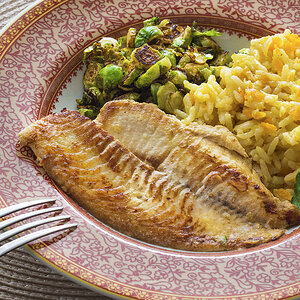
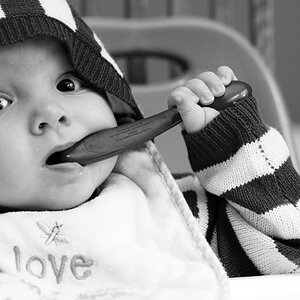
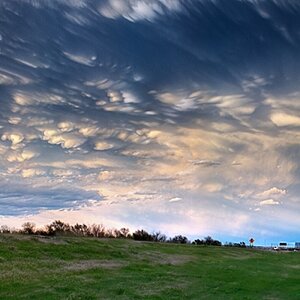
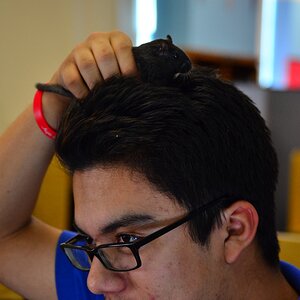
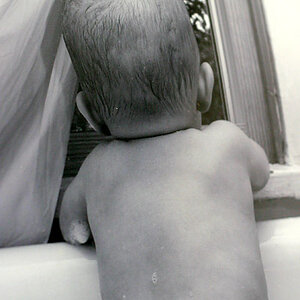
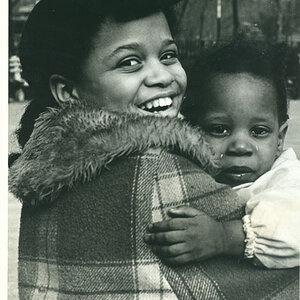
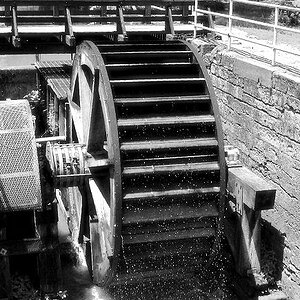
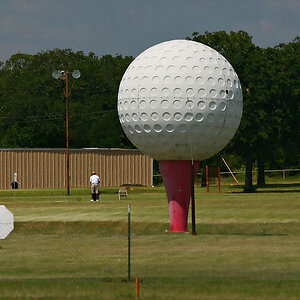
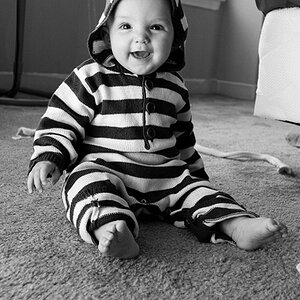

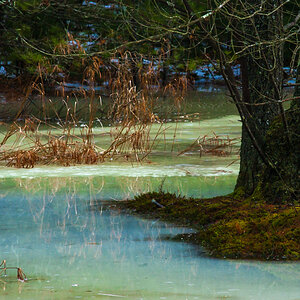
![[No title]](/data/xfmg/thumbnail/35/35879-b9a5a75c88f724f404f976b0c0e67dbd.jpg?1619737207)